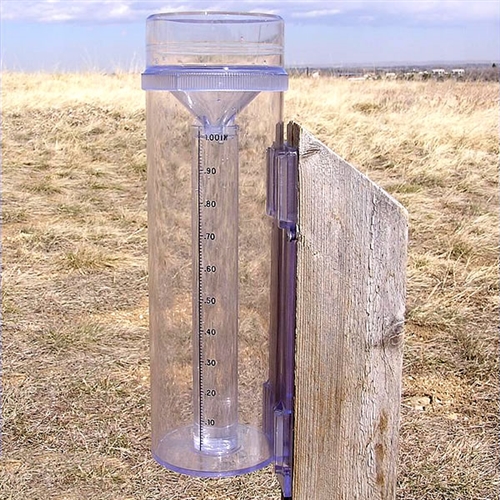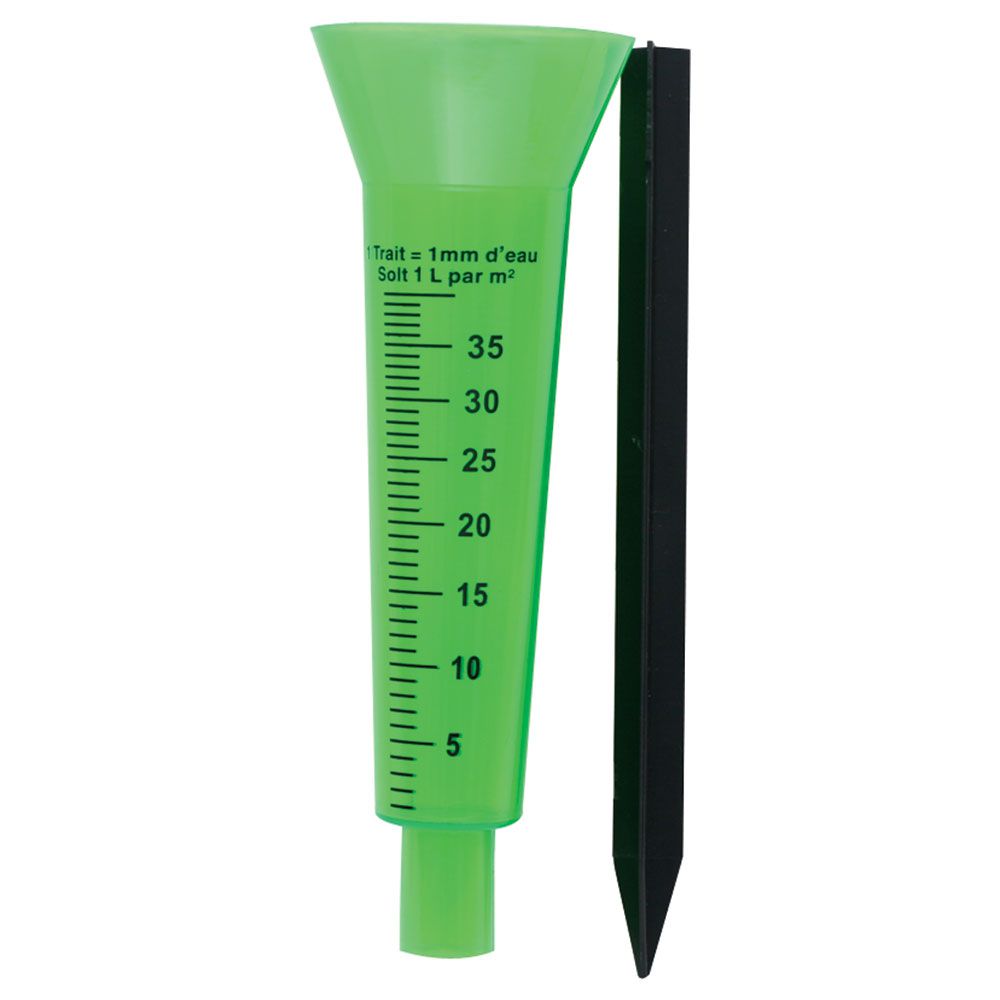Discovering the Development of Rainfall Gauges: From Standard to Smart Devices for Improved Precision in Rain Measurement
The measurement of rains has actually been a basic element of meteorology for centuries, shaping our understanding of weather patterns and climate trends - rain gauge. From the very early hand-operated rainfall gauges to the a lot more recent intro of wise devices, the development of rainfall dimension tools has been a trip noted by advancement and accuracy. By tracing the developments in rainfall gauge innovation from traditional designs to the cutting-edge wise devices of today, we can gain beneficial insights into just how these developments have actually changed the method we gather and analyze rains data
Very Early Guidebook Rain Determines
During antiquity, rudimentary vessels were utilized to gauge rains by hand, noting the very early beginnings of rainfall gauges. These early rain assesses were basic containers put in open areas to accumulate rainwater. The collected water was after that by hand gauged making use of markings on the container to establish the amount of rainfall that had actually occurred within a particular duration.
Although these hand-operated rain determines worked in providing a fundamental understanding of rainfall patterns, they were restricted in precision and precision. Factors such as splilling, evaporation, and wind could influence the measurements, causing potential errors in the tape-recorded information.

Regardless of their limitations, early hand-operated rain evaluates played a crucial function in the development of much more sophisticated rainfall measurement tools. The principle of collecting and measuring rainfall laid the foundation for the development of even more innovative rainfall gauges that used clinical concepts to give even more reputable and precise information. This advancement ultimately resulted in the advancement of modern-day rainfall gauges capable of capturing accurate dimensions in numerous ecological problems.
Development of Mechanical Rain Gauges
The progression from early manual rainfall determines to extra sophisticated mechanical rain dimension devices marked a considerable leap in the development of rainfall gauge technology. Mechanical rain assesses, likewise recognized as tipping bucket rain gauges, operate on a simple yet reliable concept.
Mechanical rain assesses are normally made of resilient products like stainless-steel or plastic, ensuring durability and reliability even in severe weather. With improvements in technology, contemporary mechanical rainfall determines can also be furnished with digital sensors to transmit real-time data wirelessly to information collection systems. This mix of mechanical robustness and electronic connection has actually made mechanical rain evaluates a prominent choice for meteorological terminals, research organizations, and farming applications where specific rains measurements are vital for decision-making processes.
Introduction of Electronic Rain Gauges

Electronic rainfall assesses offer significant benefits over standard mechanical assesses, including higher precision, the capability to measure smaller sized increments of rainfall, and reduced upkeep requirements. By leveraging digital elements like tipping pails or acoustic sensors, these devices can give thorough info on rainfall strength, duration, and circulation patterns with enhanced integrity.
Additionally, the combination of digital rainfall evaluates into weather tracking networks allows the collection of large quantities of data for analysis and projecting functions. This information can be made use of to enhance predictive designs, boost early warning systems for serious weather condition events, and support environment research study initiatives. Overall, the intro of electronic rainfall assesses represents a crucial innovation in the field of weather forecasting, facilitating more exact and detailed rainfall measurement capacities.
Transition to Wireless Rain Determines
Progressing beyond typical techniques, atmospheric instrumentation has gradually moved towards cordless rainfall evaluates for boosted information collection and transmission. These innovative devices use cordless technology to transfer real-time rains information to central systems, supplying meteorologists and scientists prompt accessibility to dependable and exact details. The transition to wireless rain determines eliminates the requirement for hands-on information collection, lowering human mistake and boosting effectiveness in monitoring rainfall patterns.
Wireless rain gauges are geared up with sensing units that can discover even the smallest amount of rains, supplying accurate measurements for far better evaluation and forecasting. The smooth combination of these evaluates into existing climate tracking networks permits comprehensive information collection across numerous geographical areas, allowing a more detailed understanding of rains distribution and strength.
Additionally, the wireless capacity of these rain determines allows remote monitoring in hard-to-reach or unsafe locations, broadening the extent of rainfall dimension in challenging settings. With their capability to simplify data transmission and boost accuracy, cordless rain assesses represent a substantial development visit our website in atmospheric innovation, boosting the precision and integrity of rainfall dimension for scientific research study and operational forecasting.
The Era of Smart Rainfall Evaluates
Arising as a critical improvement in meteorological instrumentation, wise rainfall gauges incorporate cutting-edge innovation for boosted data collection and analysis. These ingenious tools are equipped with sensors that can gauge not only the amount of rains yet also extra criteria such as intensity, duration, and even go down dimension distribution. By leveraging wireless connectivity, wise rainfall gauges can transfer real-time data to atmospheric terminals, giving instant access to specific rains measurements.
One of the essential functions of clever rainfall gauges is their ability to autonomously change for ecological variables that may affect the precision of typical rain gauges, such as wind interference or evaporation. This self-correction system this hyperlink makes certain that the data gathered is a lot more reliable and regular, causing enhanced projecting designs and better-informed decision-making in different sectors like agriculture, water resource administration, and city preparation. Moreover, the combination of artificial intelligence and artificial intelligence algorithms in wise rain evaluates permits sophisticated information evaluation, pattern acknowledgment, and projecting capabilities, even more boosting their utility in contemporary meteorology.
Conclusion

From the early manual rain gauges to the more recent introduction of wise gadgets, the evolution of rain measurement tools has been a journey marked by innovation and precision.The progression from very early hand-operated rainfall assesses to a lot more sophisticated mechanical rain dimension tools noted a considerable leap in the evolution of rain scale modern technology. Mechanical rainfall assesses, likewise known as tipping bucket rain gauges, run on a straightforward yet reliable concept.One of the essential features of smart rain determines is their capacity to autonomously change for environmental factors that might influence the accuracy of conventional rain determines, such as wind disturbance or evaporation.In verdict, the evolution of rainfall assesses has proceeded from very early manual tools to mechanical and digital versions, eventually leading to the development of cordless and smart rainfall evaluates.
Comments on “Rain Gauge Acquiring Overview: What You Required to Know for Optimum Efficiency”